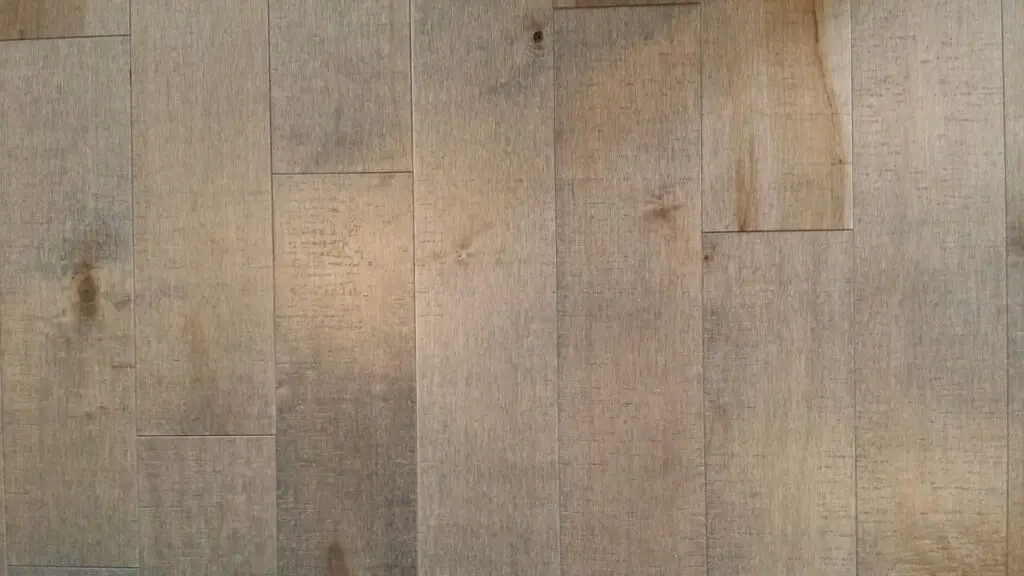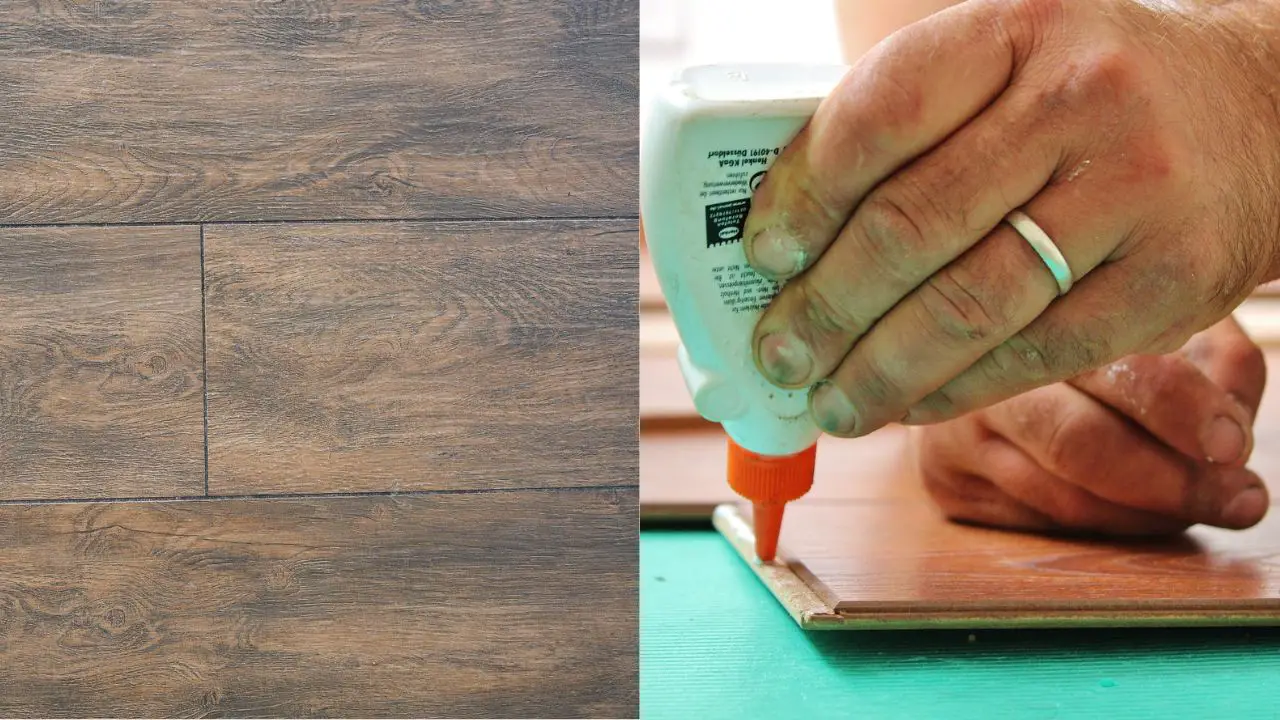When it’s time to pick new flooring, most people want something that looks great, lasts long, and doesn’t break the bank. Two of the most popular choices out there are engineered wood flooring and laminate flooring. At first glance, they might look the same. But they’re actually quite different—not just in how they’re made, but also in how they perform, feel, and fit into your lifestyle.
In this blog, we’ll break it all down in simple words. No need for fancy terms. Just real, honest information to help you choose the right floor for your home.
What Is Engineered Wood Flooring?
Engineered wood flooring is made from real wood. The top layer is a thin slice of hardwood (like oak, maple, or walnut), while the base is made from layers of plywood or high-density fiberboard (HDF). These layers are glued together to make the plank more stable and resistant to moisture compared to solid hardwood.

So, while it’s not solid wood all the way through, it still gives you the real wood look and feel—because the surface is actual wood.
What Is Laminate Flooring?
Laminate flooring is a different story. It’s a completely man-made product. The top layer is a high-resolution photograph of wood (yes, just a picture), covered by a tough wear layer to protect it. Underneath, there’s a core layer made of compressed wood fibers and resin.

Laminate doesn’t use real wood on the surface, but the designs have become very realistic over the years. Some laminates look so much like wood, you might need to touch them to tell the difference.
Appearance: Which Looks Better?
If you want the true beauty of natural wood—grains, textures, and variation—engineered wood wins. Since it has a real wood surface, it looks and feels more authentic.
Laminate has come a long way in terms of design. It can mimic wood, stone, or tile, and high-quality versions can look very realistic. But up close, especially in bright light, it usually doesn’t have the same warmth or depth as real wood.
Winner: Engineered wood for authenticity.
Durability: Which Lasts Longer?
Laminate is known for being tough against scratches, dents, and stains. The wear layer on top is hard and protective, which makes it a great option for homes with pets, kids, or heavy foot traffic.
Engineered wood is also durable, but because the surface is real wood, it can scratch and dent more easily than laminate. However, if the top layer is thick enough, you can sand and refinish it once or twice—something you can’t do with laminate.
Winner: Laminate for scratch resistance; engineered wood if you want to refinish down the line.
Water Resistance: Who Handles Spills Better?
This is where laminate has the edge. Many laminate floors are water-resistant or even waterproof, making them safer for kitchens, entryways, or bathrooms.
Engineered wood does better with moisture than solid hardwood, but it’s still made with real wood on top. That means it can warp or swell if exposed to water for too long.
Winner: Laminate, especially for spill-prone areas.
Feel Underfoot: Which Feels Better?
Engineered wood feels warmer and more solid underfoot because it’s real wood. Laminate can sometimes feel hard or hollow when you walk on it, especially if it’s not installed with a good underlayment.
Winner: Engineered wood for comfort and natural feel.
Installation: Which Is Easier?
Laminate flooring is super easy to install—many types simply snap together in a “floating floor” style. It’s a favorite for DIY projects.
Engineered wood can also be floated, glued, or stapled, depending on the product. Some types are DIY-friendly, but others may need professional help.
Winner: Laminate for ease of installation.
Cost: Which Is More Budget-Friendly?
Laminate flooring is typically more affordable than engineered wood. If you’re renovating on a tight budget, laminate might be the way to go. Engineered wood costs more because of the real wood surface.
Winner: Laminate, especially for big projects or limited budgets.
Final Thoughts: Which One Should You Choose?
Both engineered wood and laminate flooring have their pros and cons. Here’s a simple way to decide:
- Choose engineered wood if you want:
- Real wood look and feel
- A more natural finish
- The ability to refinish
- A long-lasting investment
- Choose laminate if you want:
- Durability and scratch resistance
- A budget-friendly option
- Easy DIY installation
- Water resistance
At the end of the day, it depends on your lifestyle, your space, and your budget. Whatever you choose, both can give you a beautiful floor that adds style and comfort to your home.

